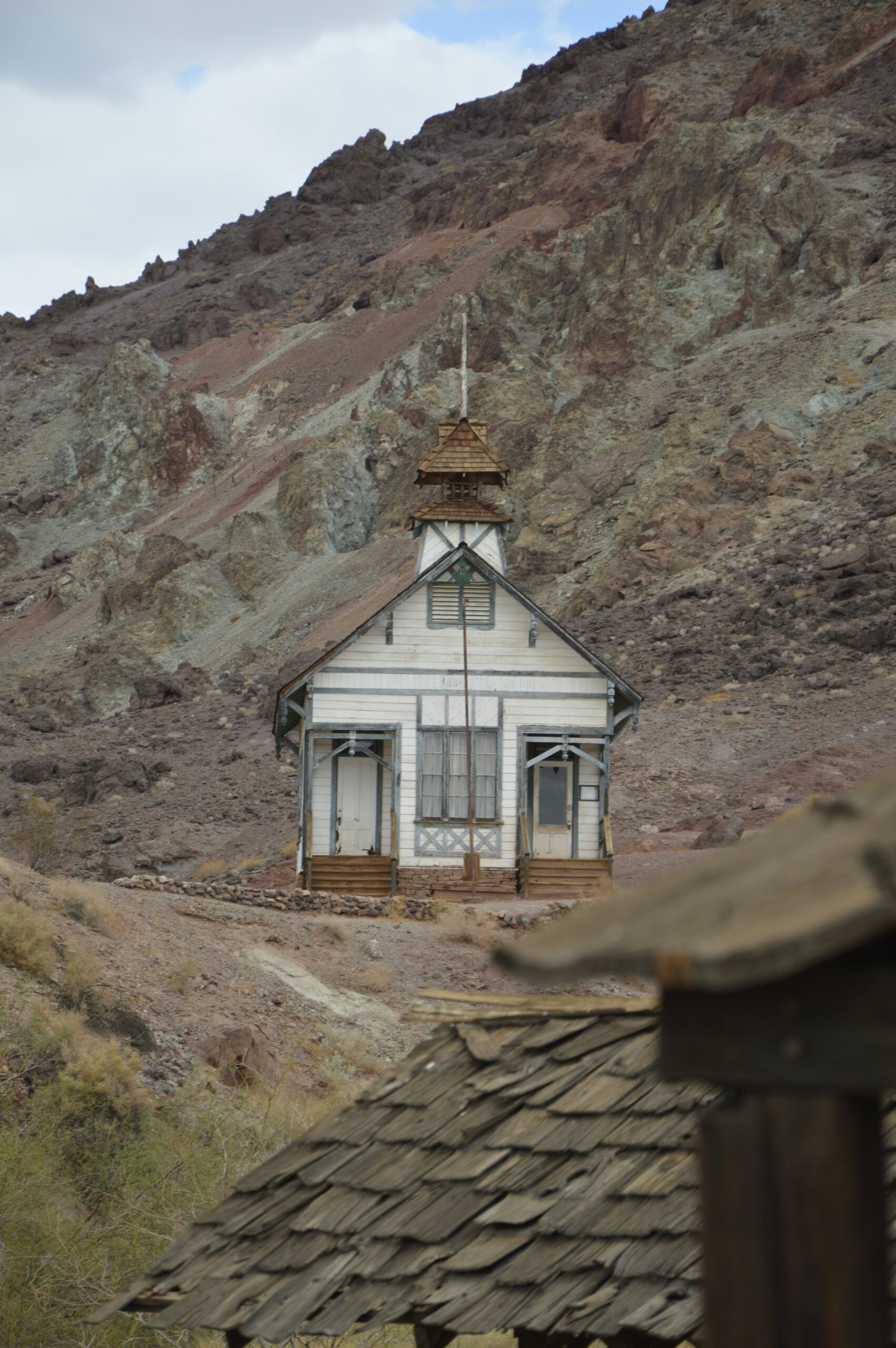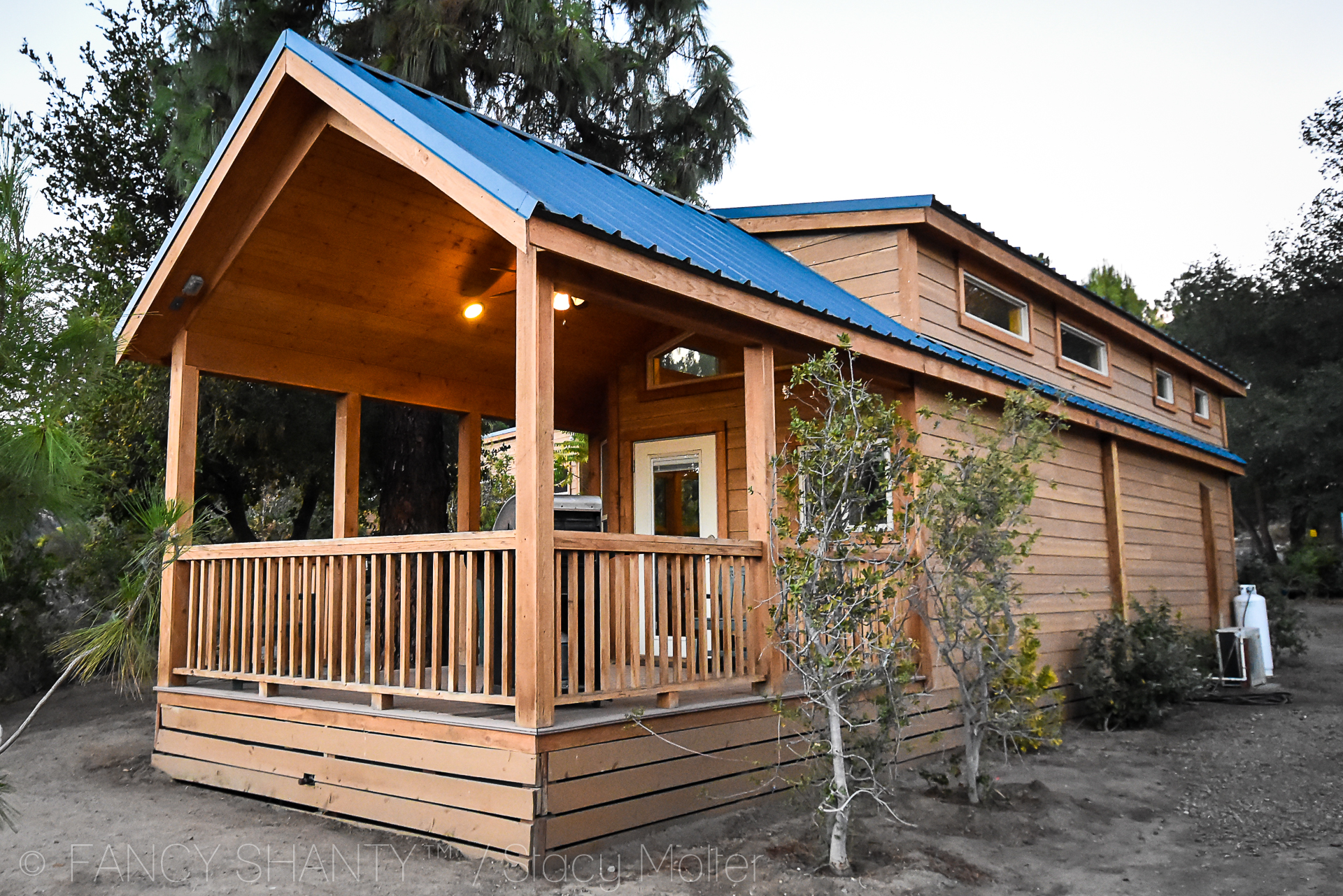Abandoned Ghost Towns in California: Forgotten Settlements of the Golden State
California's landscape is dotted with forgotten remnants of the past – ghost towns that once bustled with miners, merchants, and dreamers seeking fortune. These abandoned settlements tell stories of boom-and-bust cycles, when populations vanished almost overnight as resources depleted or industries collapsed. California contains over 300 ghost towns throughout the state, more than any other state in the US, with many preserved as historic sites that visitors can explore today.
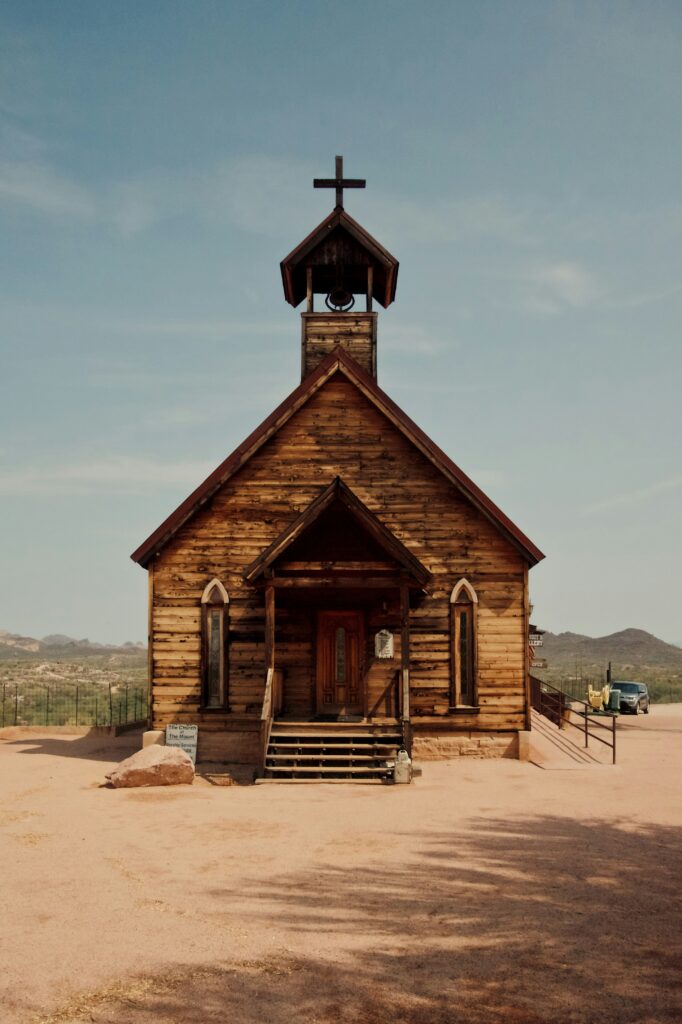
From the famous mining settlement of Bodie in the Eastern Sierra to Eagle Mountain in Riverside County, these abandoned communities offer glimpses into California's gold rush era and subsequent mining booms. Some towns like Cerro Gordo have recently gained attention through preservation efforts, while others slowly crumble back into the desert landscape they once conquered.
Visiting these ghost towns provides an atmospheric journey through time, with weathered wooden structures, rusting machinery, and empty streets that once teemed with life. Each abandoned site tells a unique story of California's development, representing the transient nature of prosperity and the resilience required of early settlers in the American West.
Abandoned Ghost Towns in California: Forgotten Settlements of the Golden State
History of Ghost Towns in California
California's ghost towns emerged primarily through boom-and-bust economic cycles, with many communities thriving briefly before being abandoned. These historical settlements tell a compelling story of California's development, reflecting dramatic population shifts as fortune-seekers arrived in waves and departed when resources were depleted.
The Gold Rush Era
The discovery of gold at Sutter's Mill in 1848 triggered a massive migration to California, establishing numerous hastily built settlements across the Sierra Nevada foothills. Thousands of prospectors and merchants established camps that quickly grew into towns with populations sometimes reaching several thousand residents.
Towns like Bodie, Columbia, and Coloma flourished during this period, developing infrastructure including saloons, hotels, and general stores. When accessible gold deposits diminished, many of these communities faced rapid population decline.
By the 1860s, many early gold rush towns had already been abandoned, with buildings left to deteriorate in the California climate. Some towns, like Columbia, managed to survive by diversifying their economies, while others became the ghost towns we know today.
The Rise and Fall of Mining Communities
Beyond gold, California's mining towns specialized in silver, copper, and other minerals, establishing economic foundations that were inherently temporary. Towns such as Cerro Gordo and Calico rose to prominence through silver mining, with Calico's population reaching 3,500 at its peak in the 1880s.
The collapse of silver prices in the 1890s and depletion of ore bodies led to the abandonment of many once-thriving communities. Mining companies typically extracted resources until they became unprofitable, then simply moved operations elsewhere.
Transportation changes also contributed to town abandonment. When railways redirected trade routes or highways bypassed communities, economic isolation often followed. These abandoned mining camps and pioneer villages remain as physical reminders of California's industrial past and the transient nature of resource-based economies.
Many mining towns experienced dramatic population swings, going from zero to thousands and back to near-zero within a single generation. Today, these settlements provide fascinating glimpses into California's boom-and-bust heritage.
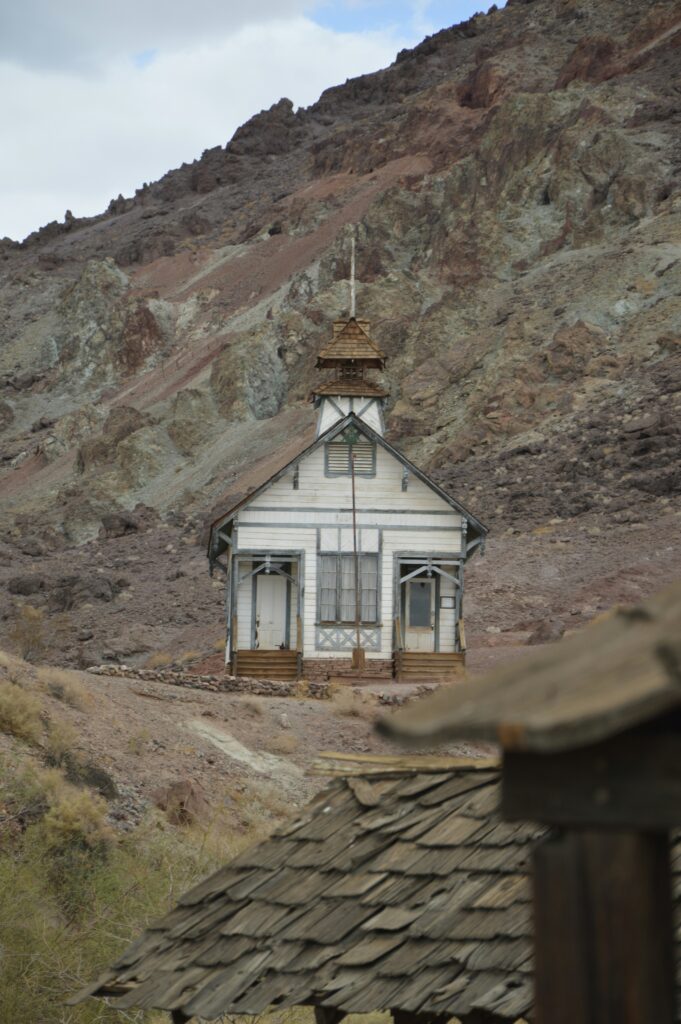
Famous Ghost Towns of the Mojave Desert
The Mojave Desert holds some of California's most fascinating abandoned settlements, each telling unique stories of boom-and-bust mining eras. These historic sites offer visitors a glimpse into the past with their weathered buildings and compelling histories.
Randsburg: The Living Ghost Town
Randsburg, often called “The Living Ghost Town,” sits nestled in the Rand Mountains of the Mojave Desert. Founded in 1895 after gold was discovered in the area, it quickly grew to a population of 3,500 during its peak mining years.
Unlike many ghost towns, Randsburg maintains a small year-round population today. The town preserves much of its original character with historic structures like the White House Saloon, the General Store (operating since 1896), and the Opera House.
Visitors can explore the Rand Desert Museum which houses artifacts documenting the area's mining history. On weekends, tourists wander the dusty streets, browsing antique shops and enjoying old-fashioned soda fountains.
Mining operations continued in Randsburg well into the 20th century, with the Yellow Aster Mine yielding over $12 million in gold before closing.
Calico: Preserved in Time
Calico stands as one of the most famous ghost towns in the Mojave Desert. Established in 1881 during a silver strike, Calico flourished with over 500 mines that produced $20 million in silver ore over a 12-year span.
By 1907, Calico had been abandoned after silver lost its value. Walter Knott (founder of Knott's Berry Farm) purchased the town in the 1950s and restored many buildings to their 1880s appearance. Today, it operates as a San Bernardino County Regional Park.
Visitors can tour restored buildings including the schoolhouse, mining office, and Lil's Saloon. The town offers attractions like the Calico Mine Train ride and the Mystery Shack with its gravity-defying optical illusions.
The site hosts several annual events including a Civil War reenactment and ghost tours during Halloween. Despite restoration, authentic elements remain, including the original town layout and cemetery.
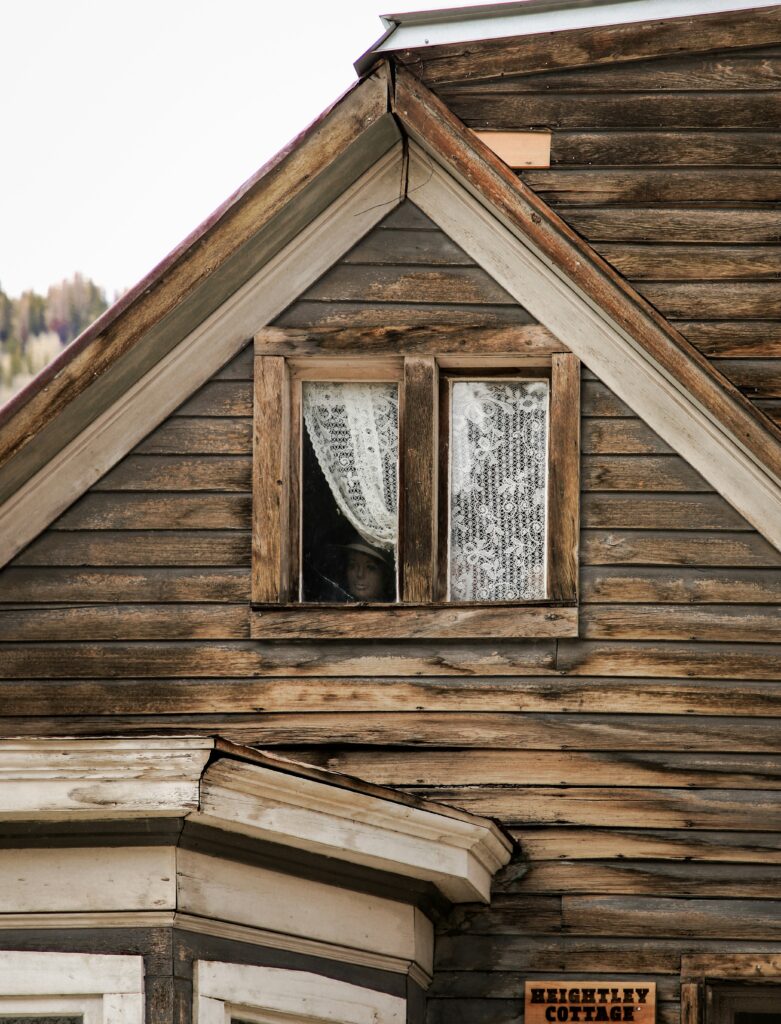
Well-known and Notable Ghost Towns in California
California is home to many ghost towns, including Bodie, Calico, Cerro Gordo, Rhyolite, and Panamint City. These towns, once bustling hubs of activity, are now preserved as reminders of the state's mining and agricultural past.
- Bodie: A remarkably well-preserved gold mining town in the Eastern Sierra Nevada, often considered one of the best-preserved ghost towns in the country.
- Calico: An Old West mining town in the Calico Mountains, featuring a preserved ghost town with buildings and artifacts.
- Cerro Gordo: A ghost town near the Inyo Mountains, once a major silver and lead producer.
- Rhyolite: A town that sprang up near Death Valley with the promise of gold but eventually fell into decline.
- Panamint City: A ghost town in the Panamint Range, near Death Valley, that was a boom town during its peak.
Other Notable Ghost Towns:
- Ballarat: A town in the Panamint Valley that was once a mining hub.
- Darwin: Another ghost town in the Eastern Sierra Nevada.
- North Bloomfield: One of the last towns of the California Gold Rush.
- Randsburg: A living ghost town with a small remaining population, still holding some mining operations.
- Allensworth: An early agricultural town that was abandoned after the community was dismantled.
- Amboy: A ghost town near the Mojave Desert.
- Bombay Beach: Located on the Salton Sea, it is a unique “living ghost town”.
- Dublin Gulch: A ghost town with a unique history.
- Garnet: Named for the ruby-colored stone found in the surrounding area.
Ghost Town Tourism and Preservation
California's abandoned settlements represent crucial historical artifacts that draw thousands of visitors annually while facing significant preservation challenges. The delicate balance between tourism and conservation requires strategic management approaches to ensure these historic sites remain intact for future generations.
Protection Efforts
The preservation of California's ghost towns involves multiple stakeholders working together to protect these historical treasures. State parks departments, historical societies, and private organizations collaborate to maintain structures and prevent further deterioration.
Bodie State Historic Park exemplifies successful preservation through its “arrested decay” policy. This approach maintains buildings in the condition they were found rather than fully restoring them, preserving their authentic character.
The National Park Service plays a vital role in ghost town preservation, providing both funding and expertise for conservation projects. Weather, vandalism, and natural decay pose ongoing threats that require constant monitoring.
Preservation laws and historical landmark designations offer legal protection for many ghost towns. These designations help secure funding and establish guidelines for appropriate maintenance and restoration activities.
Ghost Towns as Tourist Destinations
Calico Ghost Town, established in 1881 and abandoned in the mid-1890s, now operates as a regional park attracting visitors interested in mining history. Many sites offer guided tours providing historical context and stories about former residents.
Tourism brings essential revenue that supports preservation efforts. Entrance fees, gift shop purchases, and local accommodation bookings generate funds that directly contribute to maintenance and restoration projects.
Well-preserved ghost towns like Cerro Gordo appeal to photographers, history enthusiasts, and paranormal investigators. Some locations capitalize on their haunted reputations by offering ghost tours and overnight stays in supposedly haunted buildings.
Interactive exhibits and living history events bring these abandoned places to life. Visitors can experience gold panning, blacksmithing demonstrations, and period-appropriate reenactments that provide educational entertainment.
Responsible tourism practices are increasingly emphasized through visitor guidelines. These include staying on designated paths, not removing artifacts, and respecting the fragile nature of historic structures.
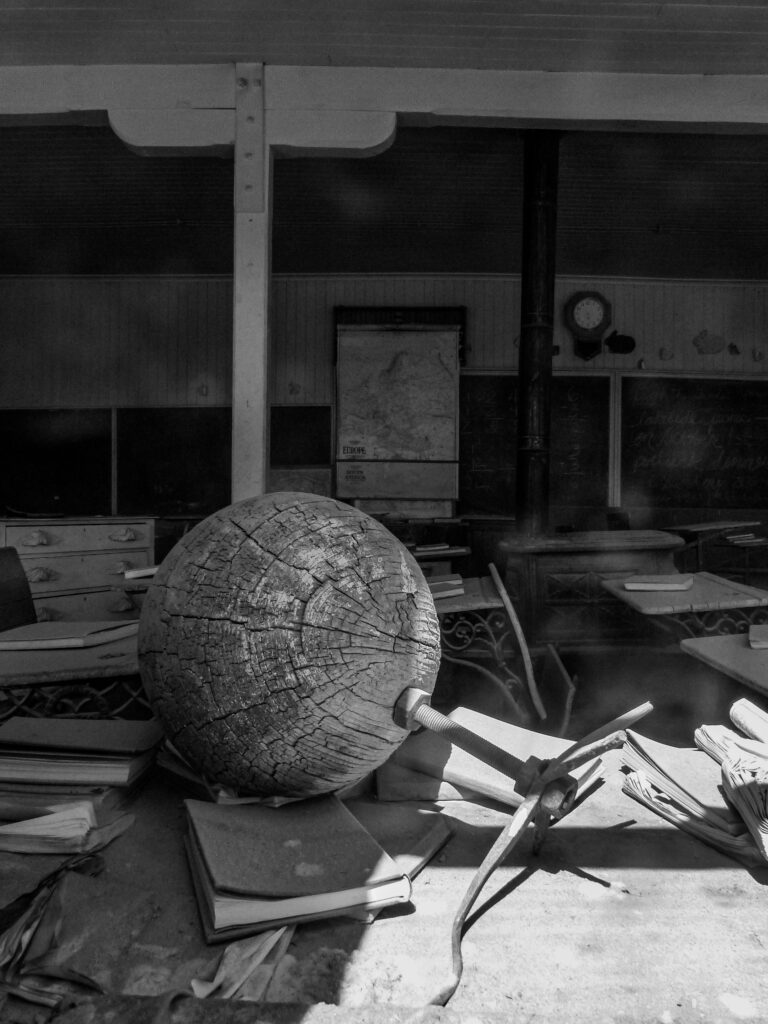
The Natural Environment of Abandoned Areas
When human settlements are abandoned, nature begins a process of reclamation. The environments surrounding California ghost towns evolve dramatically as natural forces reshape these once-bustling locations.
Flora and Fauna Reclamation
Plants are typically the first to reclaim abandoned areas, with hardy species breaking through concrete and wooden structures. In California ghost towns, native sagebrush, chaparral, and various grasses quickly establish themselves between cracked sidewalks and collapsed buildings.
Wildlife returns in stages, with small mammals and birds initially occupying the quiet structures. Larger predators eventually follow as the ecosystem stabilizes. In the mining ghost towns of the Sierra Nevada, deer, coyotes, and even mountain lions now roam freely where miners once worked.
Desert ghost towns experience slower reclamation due to harsh conditions, but specialized desert species thrive. Joshua trees and cacti push through abandoned foundations, while reptiles and small mammals make homes in deteriorating structures.
Seasonal changes dramatically affect these reclaimed spaces, with spring wildflowers sometimes carpeting former town sites in spectacular displays of color.
Environmental Impacts
Many ghost towns, particularly those from California's Gold Rush era, bear lasting environmental scars. Abandoned mines leach heavy metals and toxic chemicals into surrounding soil and waterways, creating hazards for returning wildlife.
Mercury and arsenic contamination remains problematic around processing sites where these chemicals were used to extract gold. These toxins can persist for centuries, creating dead zones where plant growth is stunted or abnormal.
Erosion presents another challenge, especially in areas where mining activities stripped away protective vegetation. Without intervention, hillsides can collapse and sedimentation can choke nearby streams.
Not all impacts are negative. Some abandoned towns have inadvertently created protected habitats where development is restricted. These areas sometimes harbor rare plant species that thrive in the disturbed but now-quiet landscapes where relics rust and buildings slowly crumble.
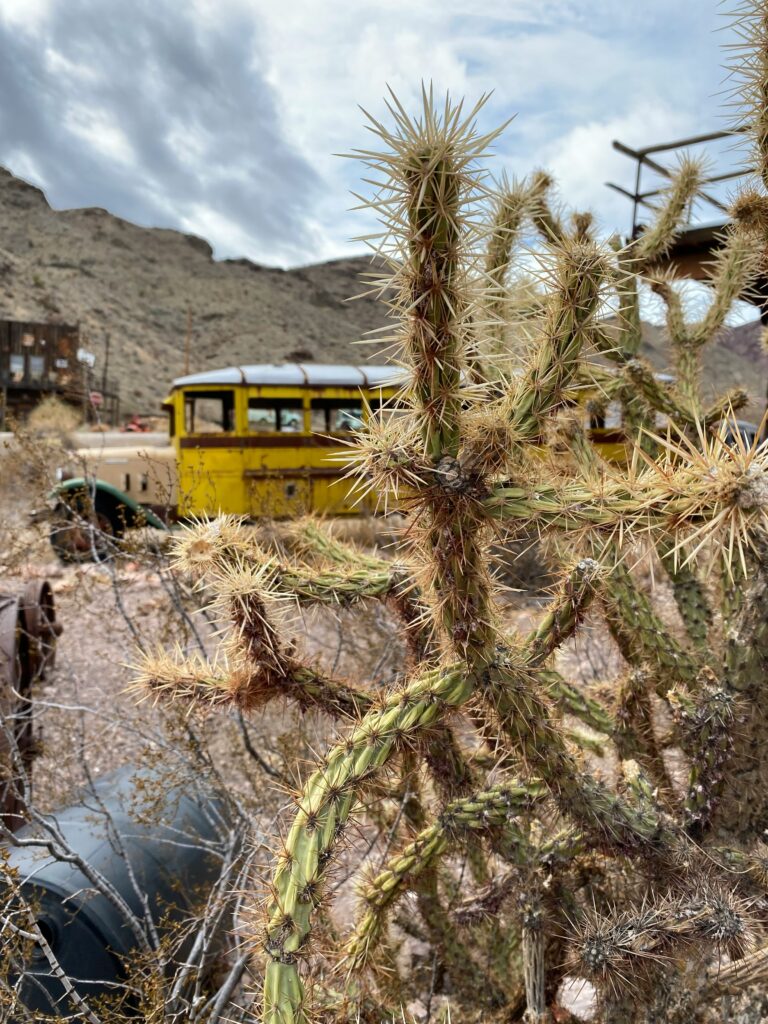
Economic and Cultural Impact of Ghost Towns
California's ghost towns represent more than just abandoned buildings—they offer significant economic value and cultural influence that extends beyond their empty streets. These historical sites continue to shape our modern understanding of the past while generating new opportunities.
Influence on Popular Culture
Ghost towns have deeply influenced American arts and entertainment, inspiring countless films, books, and television shows. These atmospheric settings often serve as the backdrop for Westerns, horror stories, and historical dramas that capture the imagination.
The eerie aesthetic of abandoned buildings and empty streets provides directors and authors with powerful visual metaphors of isolation and decay. Many ghost towns have served as living museums, offering visitors and creators insights into the socio-economic factors that shaped their rise and fall.
Photography enthusiasts particularly value these locations for their unique textures and haunting beauty. The authentic historical settings help creators tell stories about California's complex past, including difficult truths about displacement and environmental damage.
Economic Contributions
Ghost towns contribute significantly to California's economy through tourism and educational opportunities. These sites attract thousands of visitors annually who spend money on accommodations, food, and souvenirs in nearby communities.
Many former mining towns now serve as popular tourist destinations, generating revenue for local economies that might otherwise struggle. Tour operators, museums, and gift shops create employment opportunities in rural areas where jobs might be scarce.
Recently, there's been a trend toward sustainable tourism development in these abandoned places. Artists and entrepreneurs are moving into some ghost towns, revitalizing old buildings and transforming them into cultural hubs.
Historical preservation efforts provide construction and maintenance jobs while protecting these unique economic artifacts for future generations. Educational programs at these sites offer valuable learning experiences about California's mining heritage and economic history from the Gold Rush era through World War I.
Tales and Legends of California's Deserted Towns
The abandoned settlements of California harbor rich folklore and colorful historical figures that continue to captivate visitors. These ghost towns preserve not just decaying structures but also the fascinating stories of those who once called these places home.
Myths and Stories
Many California ghost towns are shrouded in supernatural tales that persist long after their residents departed. Bodie, one of the state's most well-preserved ghost towns, is said to be protected by the “Bodie Curse,” which allegedly brings misfortune to anyone who removes artifacts from the site. Rangers report receiving packages of returned items from guilty tourists who experienced bad luck.
In the abandoned mining town of Eagle Mountain, former residents claim to hear phantom mining equipment and children's laughter in the abandoned schools. The town once housed 4,000 residents with complete facilities including schools and medical centers.
California's haunted places feature recurring stories of spectral children playing with red balls, grieving spirits, and apparitions seen floating through buildings. These tales often connect to tragic endings tied to the boom-and-bust cycles that defined these communities.
Notorious Characters and Events
The ghost towns of California witnessed their share of colorful characters and infamous events. Calico, in San Bernardino County, was home to “Dorsey the Mail Dog,” a border collie who delivered mail between Calico and nearby camps in the 1880s. Today, Dorsey has his own monument in this tourist-friendly ghost town.
Former mining settlements were hotbeds of lawlessness during the Gold Rush and Silver Rush periods. Notorious gunfighters, claim jumpers, and feuding miners created legendary conflicts that ended in violence. These towns saw swift frontier justice with hasty trials and public hangings.
Bodie gained particular infamy for its reported murder rate of one person per day during its peak years. While historically exaggerated, the town's reputation as “the most lawless, wildest and toughest mining camp in California” was well-earned through its 65 saloons and frequent gunfights.
Among the approximately 300 ghost towns scattered across California, many preserve stories of resilient individuals who stayed long after the mines closed or industries collapsed, becoming eccentric caretakers of these abandoned places.
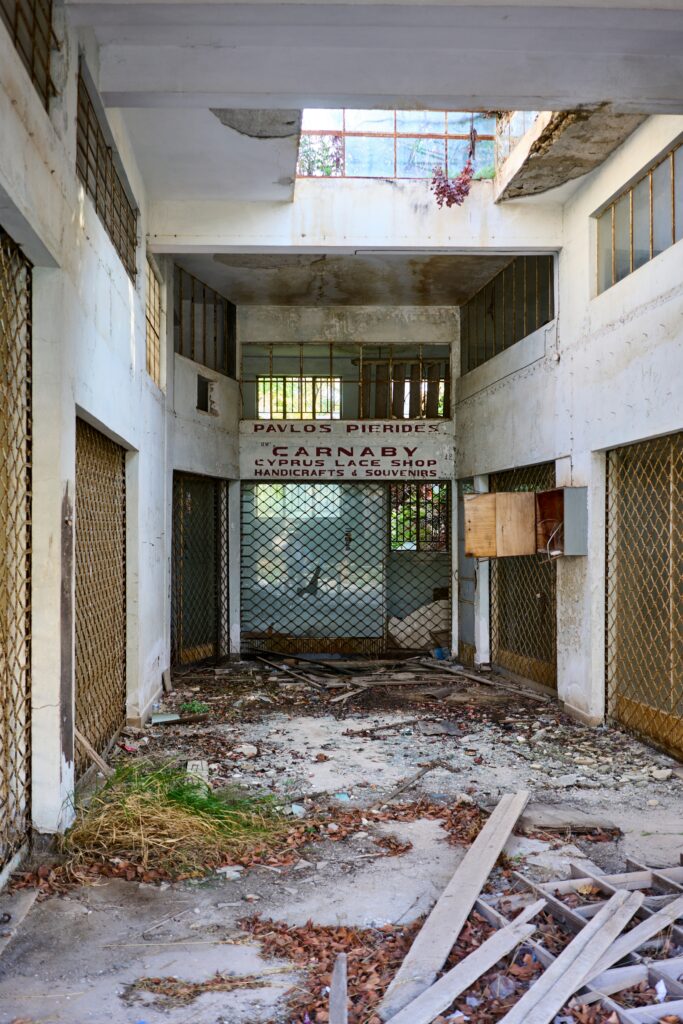
Preserving the Legacy
California's ghost towns represent invaluable historical treasures that connect us to the state's rich past. The ongoing efforts to maintain these abandoned settlements ensure future generations can experience and learn from these unique time capsules.
Heritage and Education
Ghost towns across California serve as powerful educational tools, offering visitors a tangible connection to the state's pioneering history. Organizations like the National Trust for Historic Preservation actively work to document and protect these historical sites.
Bodie, California stands as a premier example of heritage preservation through its unique “arrested decay” approach. This careful conservation method maintains buildings in their abandoned state while preventing complete deterioration.
Educational programs at these sites typically include guided tours, interpretive signs, and historical exhibits that explain the town's boom-and-bust cycles. Many ghost towns now host seasonal events that recreate period-specific activities.
Some enthusiastic individuals have taken preservation into their own hands. One dedicated preservationist has spent nearly three years living in an abandoned ghost town to maintain its structures and document its history for future generations.
Architectural Conservation
The architectural preservation of California ghost towns presents unique challenges that require specialized expertise. Structures built during mining booms often used local materials and construction techniques that demand appropriate restoration methods.
Conservationists must balance historical authenticity with safety concerns when preserving buildings. This includes stabilizing foundations, reinforcing walls, and protecting structures from environmental damage while maintaining their weathered appearance.
Route 66 ghost towns showcase distinct architectural styles worthy of preservation. The Glenrio Historic District includes 17 abandoned buildings featuring period designs like Art Deco Texaco stations.
Climate poses significant challenges to preservation efforts. Desert ghost towns face extreme temperature fluctuations, while coastal sites battle persistent humidity and salt air. These environmental factors accelerate decay and require vigilant monitoring.
Modern preservation technology now allows for digital documentation of structures through 3D scanning and virtual reality experiences, creating permanent records even if physical buildings eventually succumb to time.

